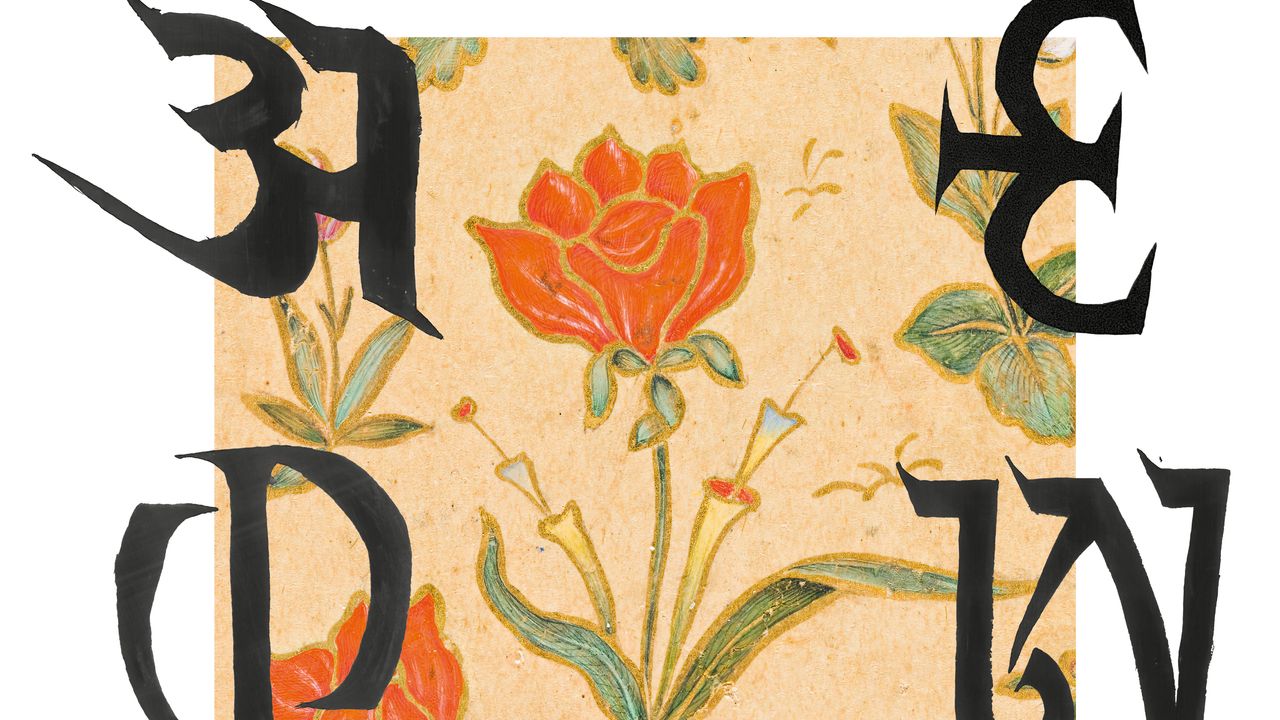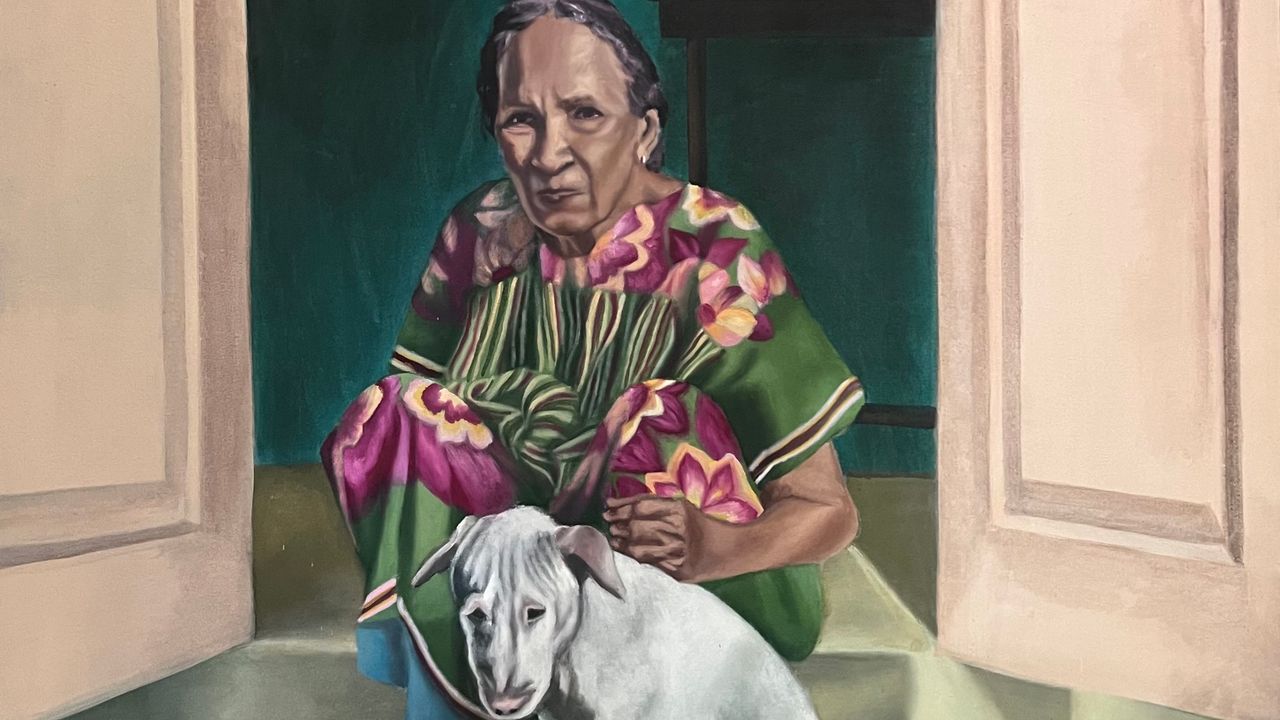Blog
When languages in India disappear, they take more than words with them

“It depends.”
That’s probably not the answer you expect to a question as straightforward as “How many languages does India have?” And yet, the answer depends on whom you ask. The Constitution of India lists 22 scheduled languages. The People’s Linguistic Survey of India, a grassroots effort by activist Ganesh Narayan Devy, records 780 living languages and notes another 70. The last census in 2011 claims that over 19,500 languages and dialects are spoken in India. Most of these, belonging to Adivasi, nomadic, hill, island and coastal communities, live in the shadows of dominant languages. Several do not have scripts and are not officially recognised. Many, spoken by fewer than a hundred people, teeter on the edge of extinction.
We rarely hear these languages in the media. When we do, they are in the form of catchy gibberish or a villain’s menacing babble. Think of the “jhingalala hu” in Shalimar’s (1978) “Hum Bewafa” or the invented tongue of the warrior tribe Kalakeya in Baahubali (2015). These languages are often cast as primitive, and their speakers painted as simple-minded, savage or unintelligible.
“Pehchaan” is a word that Ganesh Birua, a language activist from the Ho Adivasi community in Odisha, often uses to describe the importance of language. He explains how Didayi, an Austro-Asiatic language in the Malkangiri region, is on the verge of disappearing. The youth of the community do not speak it. “In the future, children will grow up not hearing their own language. Kisi ko pata nahin hoga ki aisa koi tribe bhi hua karta tha (no one will know that such a tribe existed).”
As English, Mandarin, French and Spanish dominate global conversations, speakers of other languages face intense pressure to assimilate. Today, nearly 80% of the world’s population speaks only 1% of its languages. Even in India—the world’s 14th most linguistically diverse region according to The Greenberg Diversity Index—speech diversity is disappearing at an alarming rate. Several studies show that as an economy grows, its languages tend to slip away. For most Indians, fluency in the coloniser’s tongue or national “official” languages often decides who gets through the velvet rope—whether that’s in friend groups, at the workplace, in hospitals or on social media.
Birua himself grew up not knowing the Warang-Citi script of his native tongue, Ho. It was around 2013 when, having recently learned the script, he searched for it online but found nothing. With limited internet and phone access, he set up social media accounts to teach Ho letters and vocabulary, using Odia and English translations.







